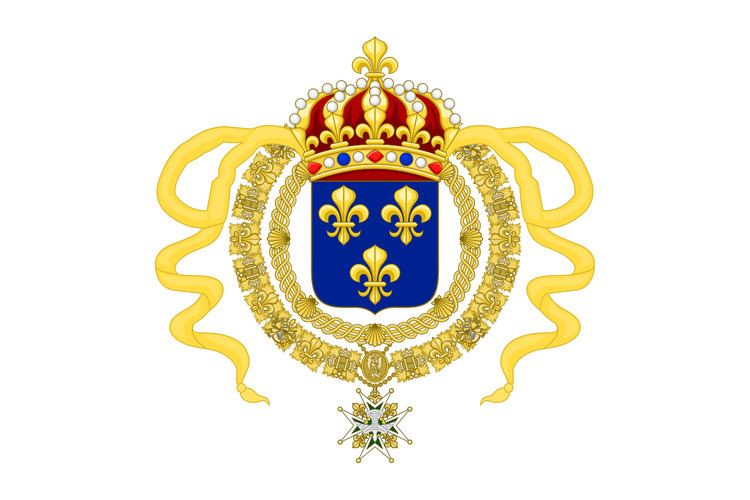1610–1763 → | Established 1610 | |
 | ||
Les belles histoires des pays d en haut le miracle
The Pays d'en Haut ([pɛˈi dɑ̃ o]; Upper Country), was a vast territory west of Montreal, covering the whole of the Great Lakes north and south, and stretching as far into the North American continent as the French had explored. The area was dependent upon Canada.
Contents
- Les belles histoires des pays d en haut le miracle
- Les belles histoires des pays d en haut une v ritable conqu te
- History
- Northern expansion
- Southern expansion
- Settlements
- Recent terminology
- References
Les belles histoires des pays d en haut une v ritable conqu te
History
North of the Great Lakes, the first mission, Sainte-Marie among the Hurons, was established in 1639. Following the destruction of the Huron homeland in 1649 by the Iroquois, the French missionaries returned to mainland Canada with the remaining Hurons who established themselves in Wendake.
By 1660, France started a policy of expansion into the interior of North America from what is now eastern Canada. The objectives were to locate a Northwest passage to China; to exploit the territory's natural resources, such as fur and mineral ores; and to convert the native population to Catholicism. Fur traders began exploring the pays d'en haut (upper country around the Great Lakes) at the time. In 1659, Pierre-Esprit Radisson and Médard Chouart des Groseilliers reached the western end of Lake Superior. Priests founded missions, such as the Mission of Sault Sainte Marie in 1668. In 1671, Father Jacques Marquette established a French mission at Michilimackinac that would over the next half century become a waypoint for exploration, a locus for diplomatic relations with natives, and a commercial center for fur trade. On 17 May 1673, Louis Jolliet and Jacques Marquette began the exploration of the Mississippi River, which they called the Sioux Tongo (the large river) or Michissipi. They reached the mouth of the Arkansas River, and then returned upstream, having learned that the great river ran towards the Gulf of Mexico and not towards the Pacific Ocean as they had presumed.
Northern expansion
In what are today Ontario, part of Minnesota and the eastern prairies, various trading posts and forts were built such as Fort Kaministiquia (1679), Fort Frontenac (1673), Fort Saint Pierre (1731), Fort Saint Charles (1732) and Fort Rouillé (1750).
Southern expansion
In 1701. Antoine Laumet de La Mothe founded Detroit. He built Fort Pontchartrain du Détroit, which became the center of French military presence in the region. Other forts in the area strengthen the network such as Fort Niagara (1678), Fort Crevecoeur (1680), Fort de Buade (1683), Fort Saint-Louis du Rocher (1683), Fort Saint Antoine (1686), Fort Saint-Joseph (1691), Fort Michilimackinac (1715), Fort Miami (1715), Fort La Baye (1717), Fort Ouiatenon (1717), Fort Chagouamigon (1718), and Fort Beauharnois (1727). These forts provided French sovereignty in the area and facilitated commerce with the natives. In 1717, southern areas nearer the Mississippi River, known as the Illinois Country, were transferred from Canada to French Louisiana.
Settlements
The French settlements in the Pays d'en Haut south of the Great Lakes were Detroit, La Baye, Sault Sainte-Marie, Saint Ignace, and Vincennes. Vincennes was later attached to Pays des Illinois, which was part of Louisiana. By 1773, the population of Detroit was 1,400. By 1778, its population was up to 2,144.
Protecting the Pays d'en Haut were four forts: Fort Presque Isle (1753), Fort Le Boeuf (1753), Fort Duquesne (1754), and Fort Machault (1754).
Recent terminology
Today, the term Les Pays-d'en-Haut refers to a regional county municipality in the Laurentides region of Quebec, north of Montreal.
